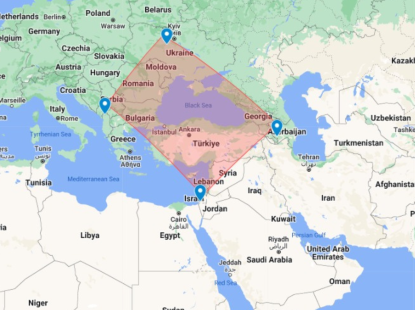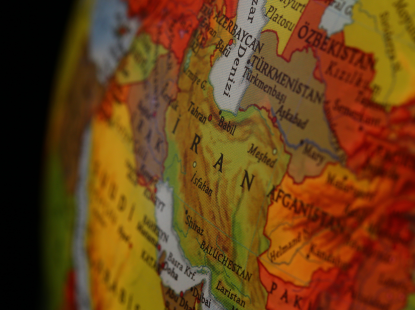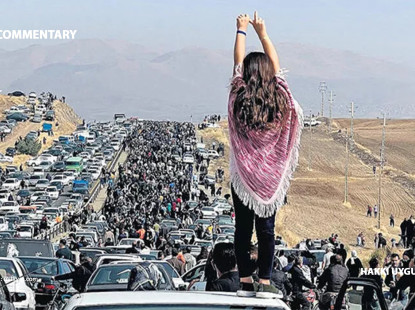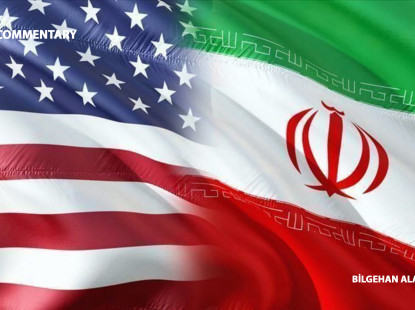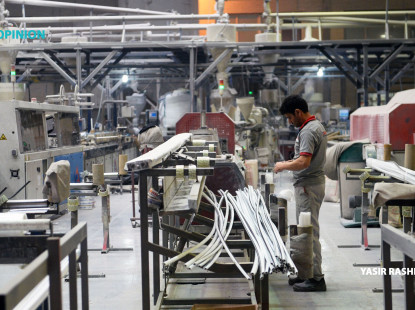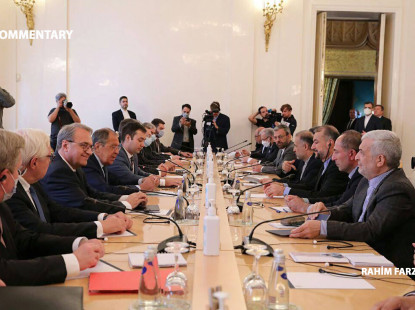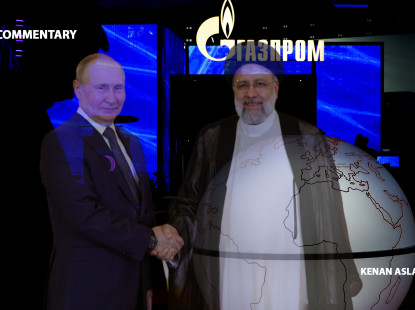The Governor of the Central Bank of Iran Signals New Policy Beginnings
Abdulnaser Hemmati, during his visit to the Finance and Banking Institute affiliated to the Central Bank of the Islamic Republic of Iran on 5 September, 2020, signaled that the Central Bank will abandon the old policy understanding and adopt reformist policies closer to the world banking trend. In addition, Hemmati stated that the duty of the Central Bank is no longer “price stability” and that the theoretical background of its new policies will be established through academic studies. Hemmati also emphasized that the Finance and Banking Institute will be the production center of the academic studies on money and finance issues.
Recently, the Iranian administrators who want to reduce the effect of the U.S.A. sanctions are trying to reform the local economic system in accordance with the world banking trend. For example, at the 59. General Assembly Meeting of the Central Bank in January 2020, president Hasan Ruhani announced that the first open market operations mechanism would be launched and the open market operations will come into force by the state in the same month.
What was aimed with the Open Market Operations?
Open market operations, which is a monetary policy tool of various methods, such as: repo, reverse repo, direct sales, or purchase by central banks in many parts of the world to regulate short-term interest rate and liquidity in the money market, are used to achieve aims, such as: price stability and inflation targets by controlling the money supply. Also, Iran implemented open market operations in order to dominate the stock markets which are alternatives to the foreign exchange and commodity markets that are out of control, due to the U.S.A. sanctions, with the flow of hot money, curbing inflation, and improving the market culture. Although open market operations could not fully come through cyclical risks, such as: with the sanctions and coronavirus outbreak, the Tehran Stock Exchange has became highly valued with the increasing of the liquidity volume thanks to this method.
The Remedy for Unstoppable Inflation: Price Stability Targeting
In countries with bitter memories on the economic history, such as: Germany and Turkey, the price stability target implemented by the central banks of these countries have often encountered the central bank legislation. With the target of the price stability which Hemmati informed about its policies aimed at controlling inflation, such as: removing four zeros from the domestic currency and open market operations are desired to be supported. In addition, Iran desires to reach the global banking trend and the modernization of the banking system are among the motivations of this development. However, increasing the liquidity recently in Iran in order to pay off the public debt and to transfer hot money to stock markets contradicts with the desired anti-inflationary targets in the economy.
Conclusion
As a result, the Central Bank reforms implemented in the Hemmati period to minimize economic troubles stand at a very positive point in terms of modernizing the banking system of Iran and managing the inflation that is the chronic disease of the economy. However, implementations that triggers inflation, such as: the use of liquidity to pay off public debts and transferring hot money to the market are in contradiction to the price stability targeting reported by Hemmati. Iran needs to implement policies and reforms based on logical grounds in order to improve its system that fall behind global banking standards and to amend the chronic economic problems. Otherwise, it is inevitable that the contradictions between the discourse and practice will make modernization and reform policies fail in the Iran economy, where there are trust problems towards the policy makers of the economy.


